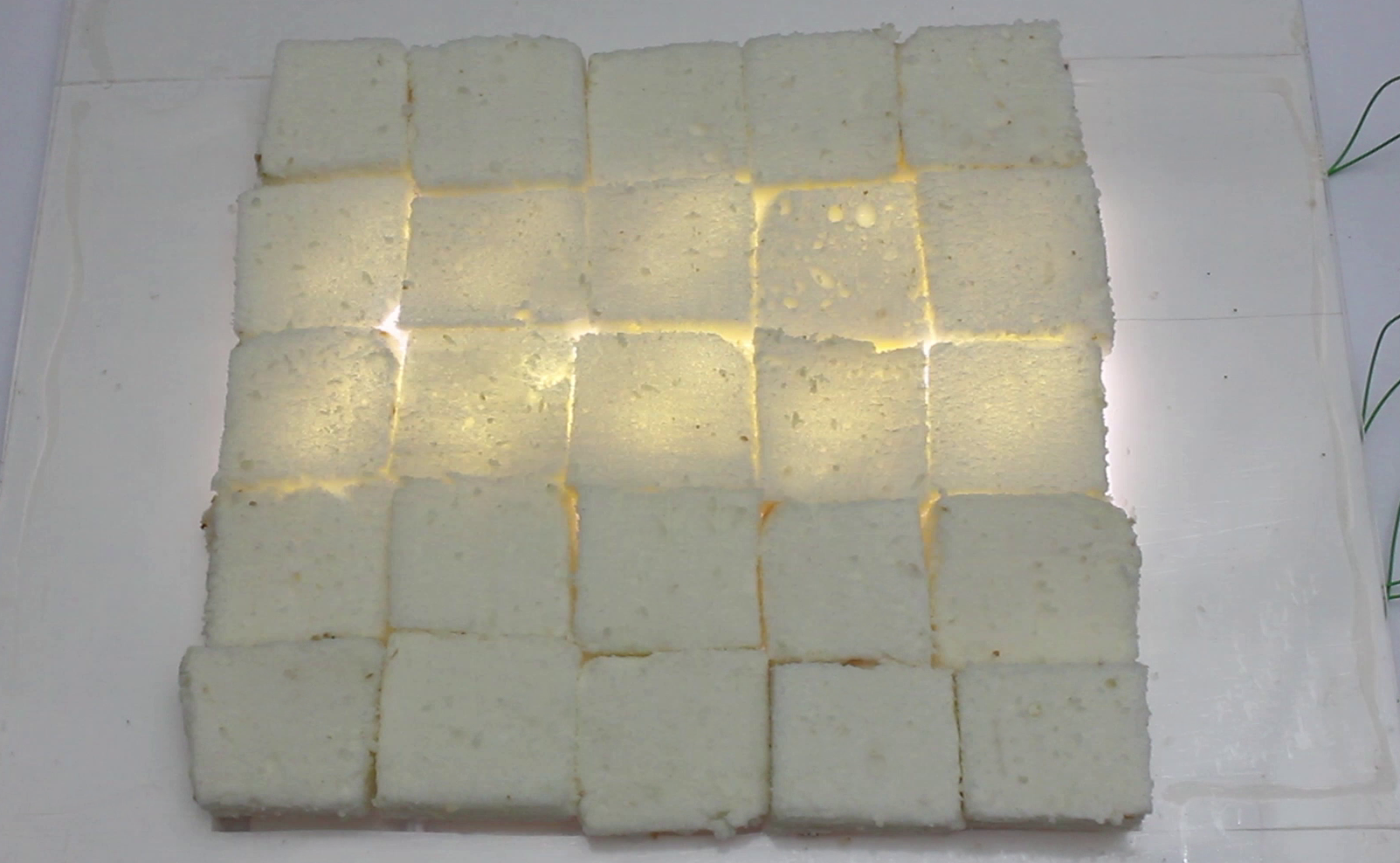Everyone loves dessert, but you can make them even better by adding LEDs. By setting up an LED matrix under your dessert, you can make it light up and play animations. In this project, I am going to show you how to make a dessert tray with a built-in LED matrix that you can control with an Arduino.
Projects from Make: Magazine
LED Matrix Dessert Tray



